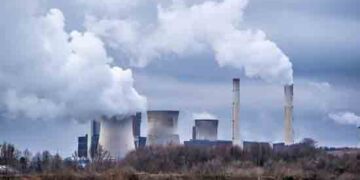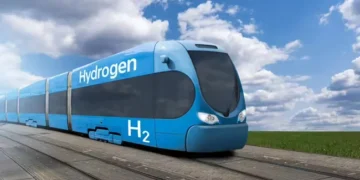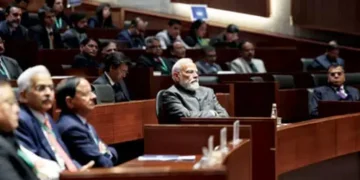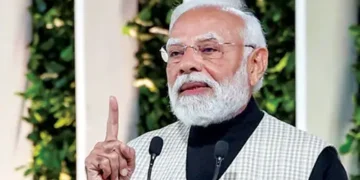Blitz Bureau
NEW DELHI: PRIME Minister Narendra Modi, in his Independence Day address, announced that work is underway on 10 new nuclear reactors. He underscored the role of nuclear energy in achieving India’s longterm goals of energy security, clean power, and national self-reliance.
The announcement placed nuclear energy at the heart of the Atmanirbhar Bharat and Make in India initiatives, both of which aim to build a stronger, more independent economy.
India currently operates 25 nuclear reactors with a combined installed capacity of 8.88 gigawatts. Several projects are already advancing construction, including Rajasthan-8, four new units at Kudankulam in Tamil Nadu, the Gorakhpur plant in Haryana, and the long-awaited Prototype Fast Breeder Reactor at Kalpakkam. These facilities, once operational, will add 6.6 gigawatts to the national grid.
Beyond these, 10 more reactors with a total capacity of seven gigawatts have received government sanction and are at advanced stages of planning. Projects include expansions at Kaiga, Chutka, Gorakhpur, and Mahi-Banswara. Each is based on India’s indigenously designed 700 MW Pressurised Heavy Water Reactor, underlining the country’s technological maturity and its commitment to self-reliant innovation.
Roadmap to 2047
The Government’s long-term strategy envisages raising nuclear power capacity to 22.5 gigawatts by 2031–32 and achieving a tenfold increase to around 100 gigawatts by 2047. This ambitious growth aligns directly with the Viksit Bharat 2047 vision, which outlines India’s journey towards becoming a fully developed nation by the centenary of its independence.
For the first time in India’s history, the nuclear sector is being opened to private sector participation. The Union Budget for 2025–26 proposed amendments to the Atomic Energy Act and the Civil Liability for Nuclear Damage Act to facilitate private investment and partnerships with public-sector operators. This landmark reform is expected to unlock capital, bring new expertise, and accelerate project timelines.
In parallel, the government has prioritised research on Small Modular Reactors and Bharat Small Reactors of 220 MW capacity, targeting five operational SMRs by 2033. Such innovations are tailored for industrial hubs and are emblematic of the Make in India approach, linking local engineering with national energy goals.
India has already met one of its most critical clean-energy targets ahead of schedule. In 2025, the nation achieved 50 per cent of its installed power capacity from nonfossil sources, five years ahead of the 2030 deadline. Solar power has grown from a modest 2.6 gigawatts in 2014 to over 119 gigawatts in 2025, an extraordinary forty-fold increase. Nuclear energy now stands alongside solar, hydro, and green hydrogen as one of the pillars of India’s low-carbon future.































